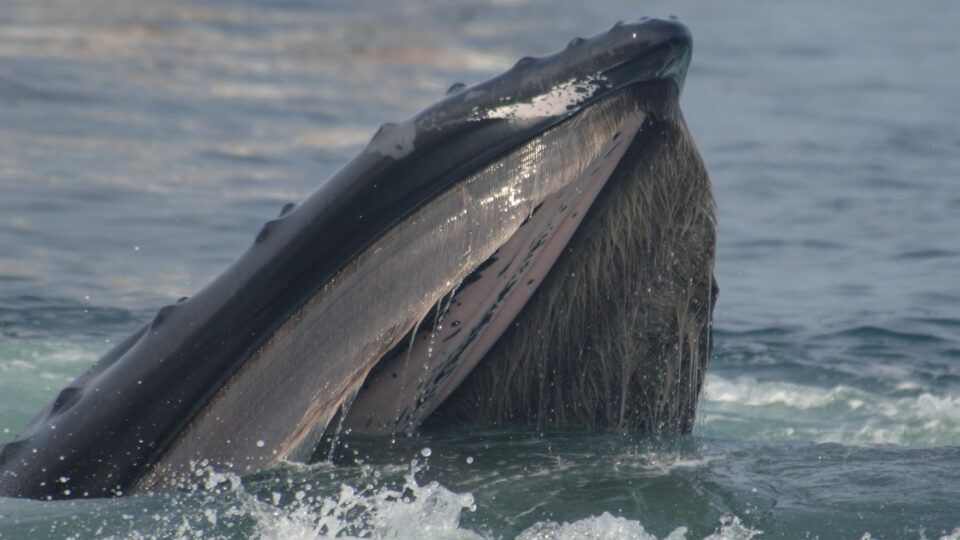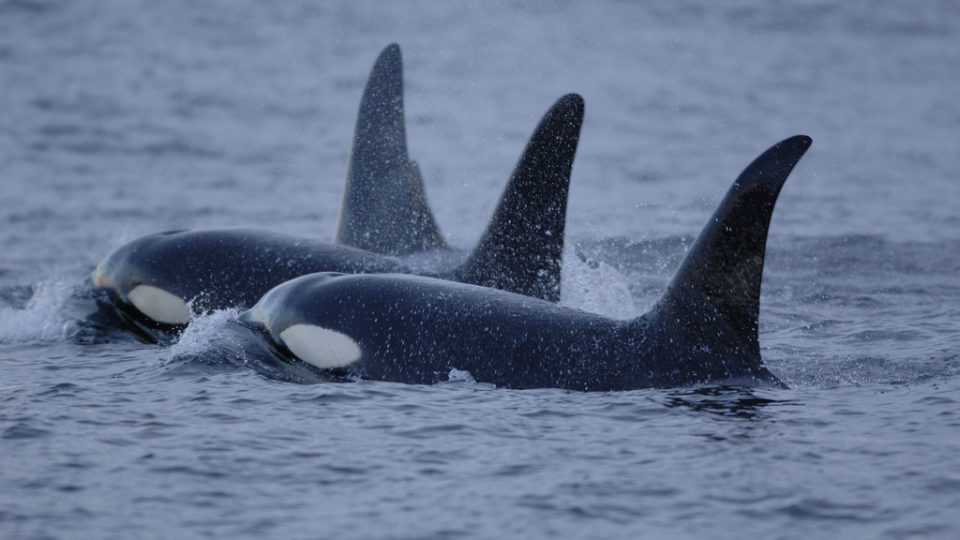Researchers from Stanford University have been studying the role of large whales on ocean ecosystems with some surprising results.
From 1910 to 1970, people killed about 1.5 million baleen whales in the waters surrounding Antarctica. The whales were hunted for their blubber, baleen, and meat. Baleen is the filtering fringe that certain whales use instead of teeth to capture food from the ocean. A primary food source for these whales is krill, small shrimp-like creatures. One would assume that the decimation of the baleen whale population in the Southern Ocean would have led to a surge in krill populations. But the new research has found that the opposite is the case.
The precipitous decline of large marine mammals has negatively impacted the health and productivity of ocean ecosystems.
New high-tech tagging devices that attach to whales for brief periods allow researchers to record their movements and activities. For the first time, it has been possible to accurately determine how much krill whales actually consume, and the answer is that they eat two to three times as much as previously thought. Interestingly, the same technology shows that fish-eating whales like humpbacks eat somewhat less than previously thought.
Baleen whales are essentially mobile krill processing plants. They eat the krill, digest it, and produce iron-laden excretions that are needed by phytoplankton, which comprise the bottom of the food chain that nourish krill and other small creatures. With fewer whales, there is less nourishment for the krill. In fact, based on the new data, estimates are that the historic abundance of krill in the Southern Ocean had to be about five times what it is today.
Whales are important ecosystem engineers.
**********
Web Links
Stanford researchers find whales are more important ecosystems engineers than previously thought
Photo, posted November 18, 2010, courtesy of Dr. Brandon Southall, NMFS/OPR via Flickr.
Earth Wise is a production of WAMC Northeast Public Radio.

